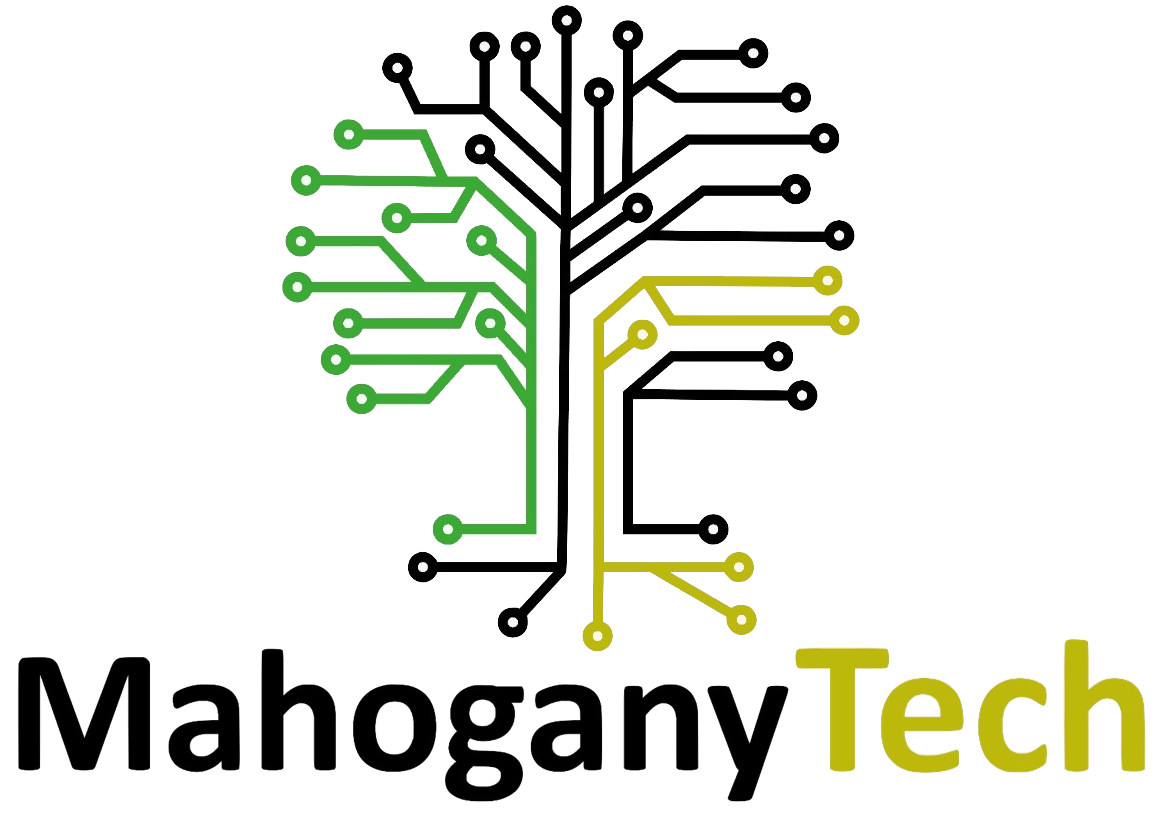By Larry White
•
10 Feb, 2023
Small businesses often struggle to reach their target audience, compete with larger brands, and maximize their marketing efforts. However, with the rise of digital marketing, small businesses can now level the playing field and reach their audience effectively. In this comprehensive guide, we'll cover everything you need to know about creating a successful digital marketing campaign for your small business. From understanding your target audience to implementing the right tactics, we'll help you develop a strategy that will help you reach your goals and grow your business. Understanding Your Target Audience Before you start your digital marketing campaign, it's crucial to understand who your target audience is. This information will help guide all of your marketing efforts and ensure that your message resonates with your audience. To identify your target audience, consider the following questions: Who are your customers? What are their demographics (age, gender, location, etc.)? What are their interests and values? What are their pain points and challenges? Once you have a clear understanding of your target audience, you can tailor your messaging and marketing efforts to meet their needs and interests. Developing Your Marketing Strategy With a clear understanding of your target audience, it's time to develop your marketing strategy. This includes setting your marketing goals, researching your competition, and determining which tactics you'll use to reach your audience. Setting Marketing Goals Your marketing goals should align with your overall business goals and help you measure the success of your marketing efforts. Some common marketing goals for small businesses include: Increasing brand awareness Driving website traffic Generating leads and sales Improving customer engagement Researching Your Competition Before you start your marketing campaign, it's important to research your competition. This will give you a better understanding of what they're doing, what's working, and what you can do differently. When researching your competition, consider the following: Their target audience Their messaging and branding Their marketing tactics and channels Their strengths and weaknesses Determining Marketing Tactics With your goals and competition research in mind, it's time to determine which tactics you'll use to reach your target audience. Some of the most effective digital marketing tactics for small businesses include: Content marketing Search engine optimization (SEO) Pay-per-click (PPC) advertising Social media marketing Email marketing Influencer marketing Implementing Your Marketing Tactics Now that you have a clear understanding of your target audience and a defined marketing strategy, it's time to implement your tactics. Content Marketing Content marketing involves creating and sharing valuable, relevant, and consistent content to attract and retain a clearly defined audience and ultimately drive profitable customer action. This can include blog posts, videos, infographics, ebooks, and more. To be effective, your content should: Address your target audience's pain points and challenges Offer valuable information and insights Be optimized for search engines (SEO) Be shareable on social media Search Engine Optimization (SEO) SEO is the practice of optimizing your website and content to rank higher in search engine results pages (SERPs) for relevant keywords. This can include optimizing your website structure, content, and meta tags, as well as building high-quality backlinks from other websites. To improve your SEO, consider the following: Conduct keyword research to identify relevant keywords Optimize your website structure, including your URL structure and navigation. Create high-quality, keyword-rich content that provides value to your target audience. Build high-quality backlinks from other reputable websites in your industry. Pay-Per-Click (PPC) Advertising PPC advertising involves placing ads on search engines or other websites and paying each time someone clicks on your ad. This can be a cost-effective way to reach your target audience and drive traffic to your website. When creating a PPC campaign, consider the following: Conduct keyword research to identify relevant keywords Create compelling ad copy that resonates with your target audience Set a budget for your campaign and track your results Regularly optimize your campaign for maximum performance Social Media Marketing Social media marketing involves promoting your brand and content on social media platforms, such as Facebook, Instagram, Twitter, and LinkedIn. This can help you reach your target audience, engage with them, and drive traffic to your website. To be effective with social media marketing, consider the following: Identify the social media platforms where your target audience is most active Create a content calendar and schedule regular posts Engage with your followers by responding to comments and messages Run social media ads to reach a wider audience Email Marketing Email marketing involves sending targeted and relevant emails to your subscribers. This can be an effective way to promote your products and services, build relationships with your audience, and drive sales. When creating an email marketing campaign, consider the following: Build your email list by offering incentives for subscribers Segment your list based on subscriber behavior and interests Create compelling subject lines and email content that provides value Test and optimize your emails for maximum performance Influencer Marketing Influencer marketing involves partnering with influencers in your industry to promote your brand and reach a wider audience. This can be an effective way to build brand awareness, drive traffic to your website, and increase sales. When working with influencers, consider the following: Identify influencers in your industry who have a large and engaged following Reach out to influencers and pitch your brand and products Offer incentives for influencers to promote your brand Track and measure the success of your influencer marketing efforts Conclusion Digital marketing is a powerful tool for small businesses, allowing them to reach their target audience, compete with larger brands, and achieve their marketing goals. By understanding your target audience, developing a marketing strategy, and implementing effective tactics, you can create a successful digital marketing campaign that will help you grow your business. FAQs What is digital marketing? Digital marketing refers to the use of digital channels, such as search engines, social media, email, and websites, to promote a brand and reach a target audience. Why is digital marketing important for small businesses? Digital marketing is important for small businesses because it allows them to reach their target audience, compete with larger brands, and achieve their marketing goals. What are some effective digital marketing tactics for small businesses? Some effective digital marketing tactics for small businesses include content marketing, search engine optimization (SEO), pay-per-click (PPC) advertising, social media marketing, email marketing, and influencer marketing. How can I improve my search engine optimization (SEO)? To improve your SEO, you can conduct keyword research, optimize your website structure and content, and build high-quality backlinks from other reputable websites in your industry. What is influencer marketing, and how can it benefit my small business? Influencer marketing involves partnering with influencers in your industry to promote your brand and reach a wider audience. This can be an effective way to build brand awareness, drive traffic to your website, and increase sales for your small business. To get the most out of influencer marketing, it's important to identify the right influencers, offer incentives for promoting your brand, and track the success of your efforts. Mahogany Tech is the go-to provider for small business owners looking to take their online presence to the next level. Our services include affordable digital marketing and website development tailored to meet the unique needs of small businesses. Our team of experts understands the challenges faced by small businesses and is dedicated to providing practical, cost-effective solutions that drive growth and improve online visibility. Whether you need help with search engine optimization, social media management, or a brand-new website, Mahogany Tech has you covered. Join the many small businesses that have trusted us to help them succeed in the digital world.













